We would love to hear advice from other self suspenders here! This would also be a great question to ask the folks in Discord. Are you a part of that space yet? So much great advice on adaptations over there. Something you could try would be to friction the top wraps into the diagonal passes of rope that are opening up your diamonds. So bringing the rope around the body and into the diamond, pulling the diamond open, and then half hitching around the first diagonal pass and the top wrap as you come back around the body. This might create some uncomfortable pressure points, but if you experiment with it, let us know how it goes either here or on Discord!
Shibari Study Support
Berlin, Germany
Replied on Self-Suspension Chest Harness | Class
Replied on Geeking About The TK | Adding Rope
Replied on Hip Loading Harness | Tutorial
Replied on Hip Loading Harness | Tutorial
Replied on Forward Fold Predicament | Class
Replied on Reverse TK | Class
Replied on Armbinders for Everyone | Tutorial
Replied on Positional Study | Class
Replied on Self-Tied Butterfly Harness


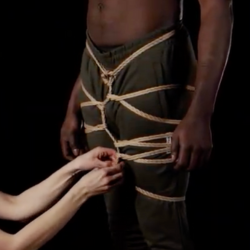
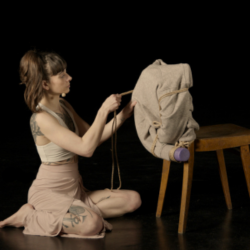
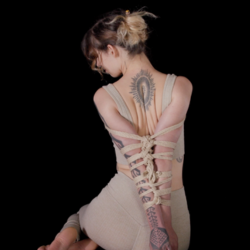
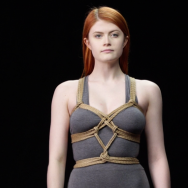
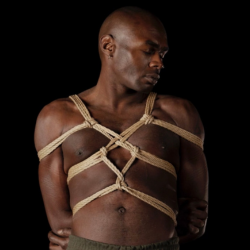
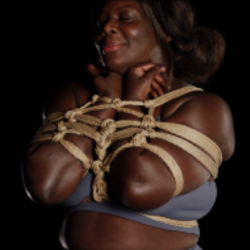
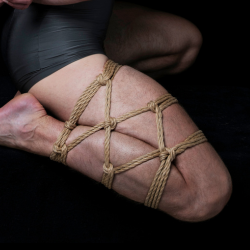
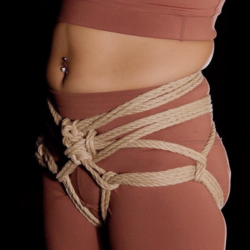
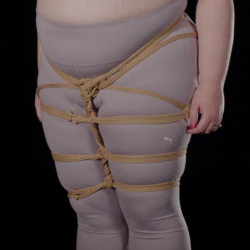
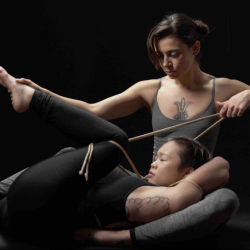

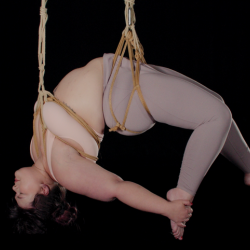
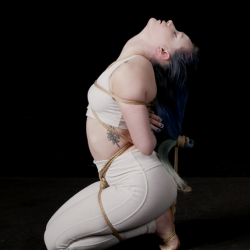
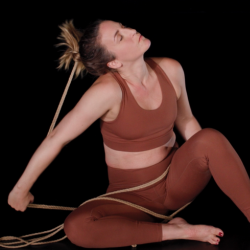
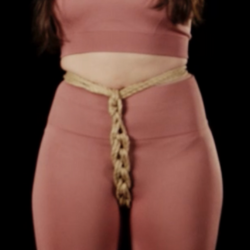
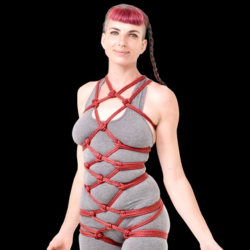



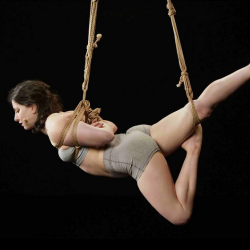
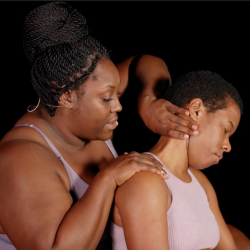
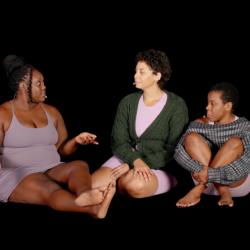
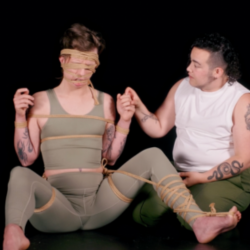
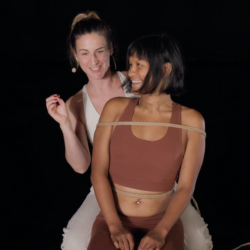
Replied on Neck Hug Harness | Tutorial
30 Jan 14:21
Where Gorgone adds two half hitches, you could add more to bring the yuki knot more center between the two cuffs and load them more evenly. Give that a try and let us know how it goes! If you're not on Discord yet, you could also join our members only Discord space. It's a great place to ask questions like these. The community there is super helpful and it's nice to be able to share pics as well.